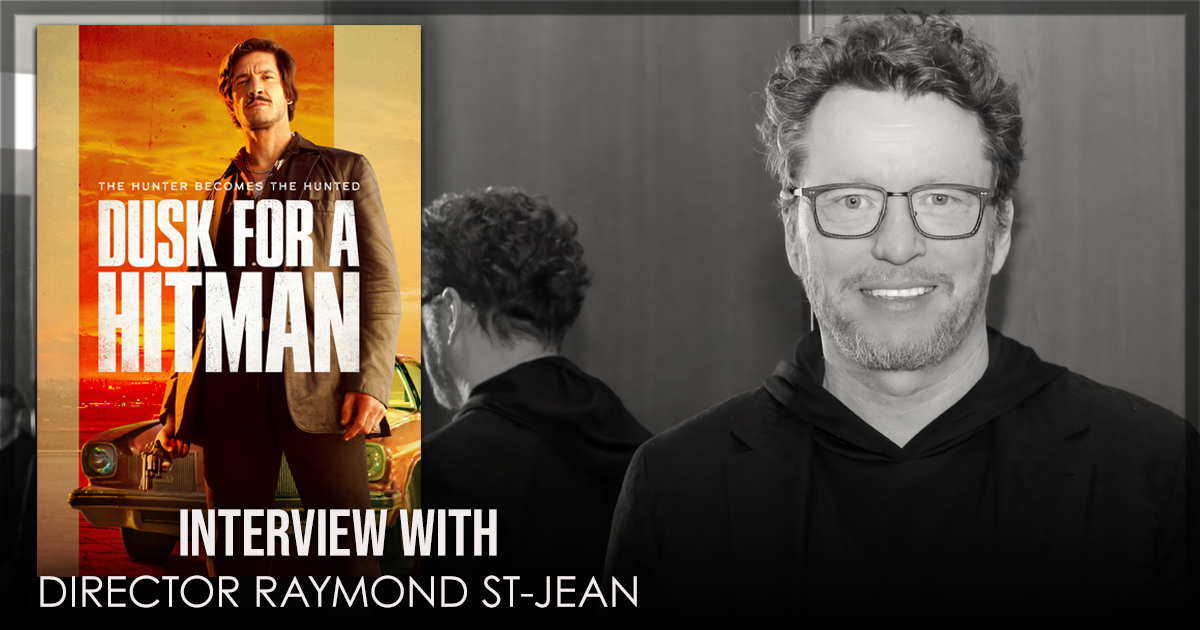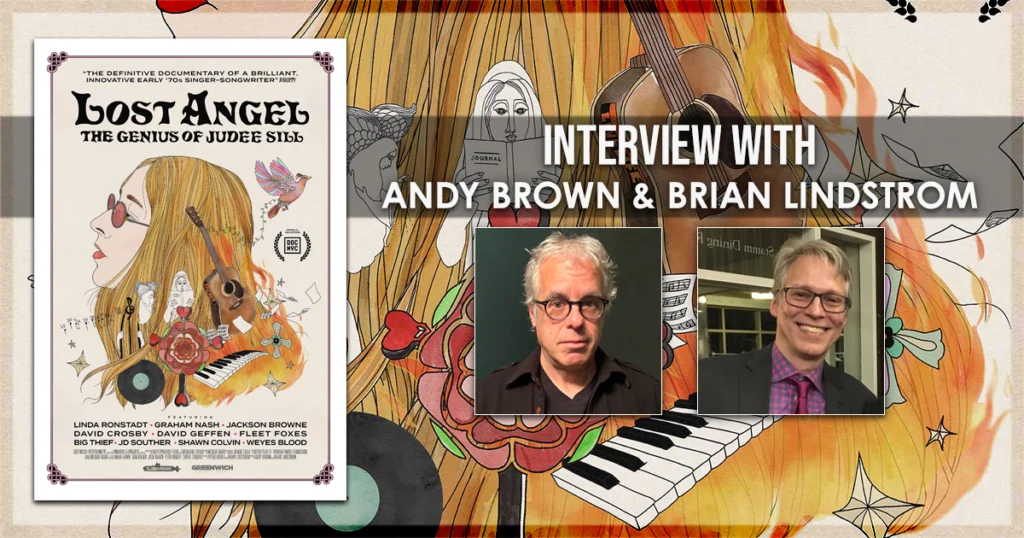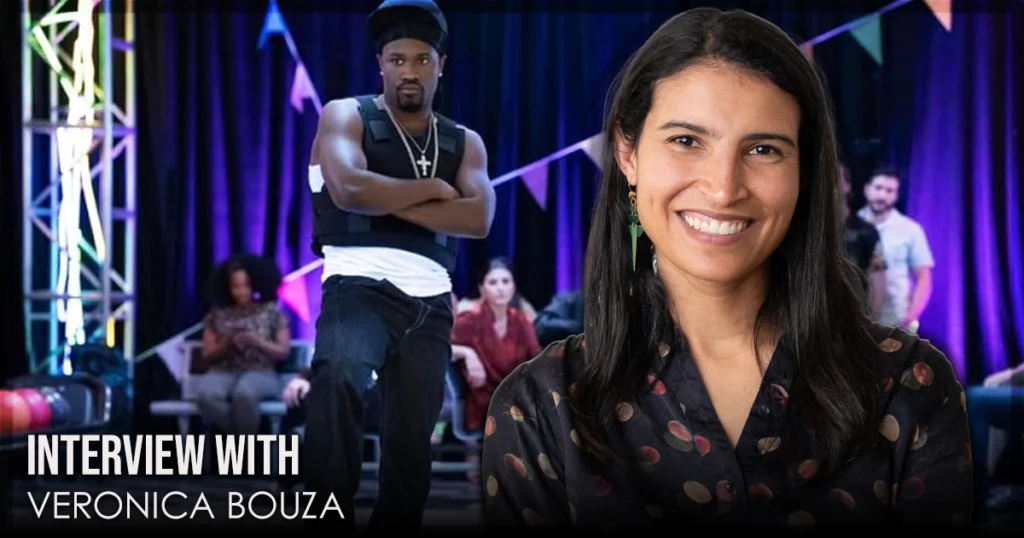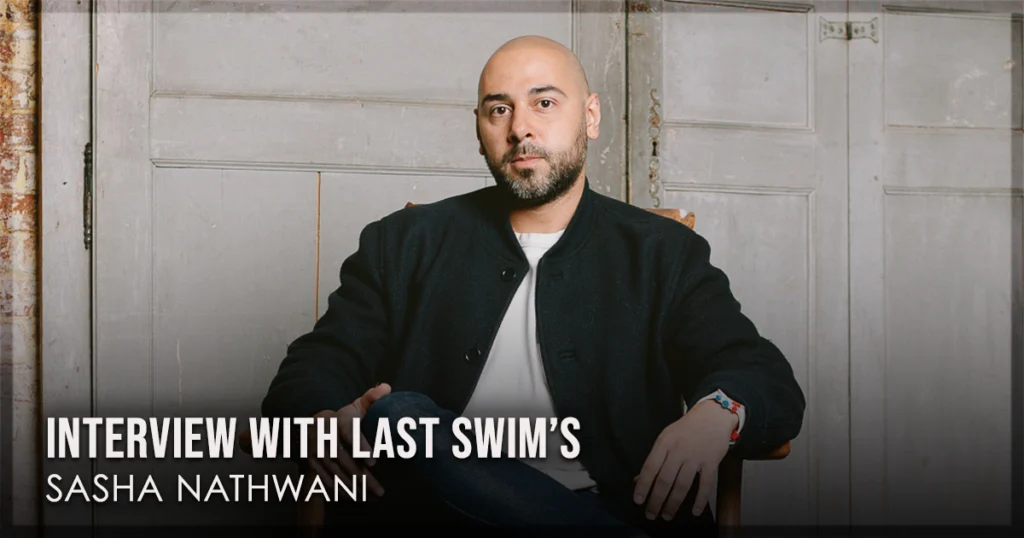Dusk for a Hitman is inspired by the true story of Donald Lavoie, a notorious mob hitman turned informant. It’s a crime drama with a ton of edge. Starring Éric Bruneau, Benoît Gouin, Rose-Marie Perreault, Sylvain Marcel, Simon Landry-Desy, and Joakim Robillard, the film is a tale of loyalty and survival in the dangerous Montreal underworld. Director and co-writer Raymond St-Jean decided to bring the story to life after a lifelong fascination that began when he was younger.
Over Zoom in an interview, we talked to St-Jean about that and so much more. He shared why the story of Donald Lavoie stuck with him for so long and why he thought it was the perfect story to make a movie about. St-Jean shared some of the challenges in filming a movie set in the 1970s when time passed; he even shared how the Quebec acting scene wound up being a huge advantage for Dusk for a Hitman. Read on for the full interview.
The Interview with Dusk for a Hitman’s Raymond St-Jean
[Editor’s note: This interview has been lightly edited for clarity.]
Ayla Ruby: Hi. Can you talk a little bit about how you came across the story. You’re the director, but you also wrote it, and it’s based on a true story. So, I’m fascinated.
Raymond St-Jean: Yeah. Well, I co-wrote the screenplay with Martin Girard. He was my co-screenwriter. And actually it’s a story that comes from my teen years.
Raymond St-Jean: I was in my 20s at the time of the story, and it’s been forgotten since a little. But at the time, it was in the news. And I was following the story at the time in newspapers. A few books were published. There was this famous interview with Donald Lavoie on TV at the time that I saw. And it was fascinating to me that with a great, great love for American gangster movies in the ’70s, which I watch. I was pretty much into them. So, a few years ago when I was looking for a subject to write a screenplay, and I needed something that I could carry on for years. Because it takes a long time to write and finance, and everything.

Raymond St-Jean: I was thinking, and I came back to these books I had in my library, in the back store, and started reading them again. Went back to this interview, which is also with Donald Lavoie on the internet. You can find it. It’s an English interview, by the way, done by the CBC at the time.
Raymond St-Jean: I thought that the man was fascinating. He was a handsome man, very brilliant man, who made the wrong choices in his life. A lot of charisma, and him working with the police and the justice system helped eliminate a gang that was very powerful in the City of Montreal at the time. So, it wasn’t done by himself only. There were other witnesses that worked with the prosecution, but he’s part of, and this was very important at the time.
Raymond St-Jean: So, I had a subject there. Fascinating man. And also someone who did something. Even if he did so many bad things in his life, he found a way to be helpful somehow to redeem himself or to have revenge. We’ll never know. But his contribution was useful at the time.
On if anything from Donald Lavoie’s story surprised him
Ayla Ruby: You said that this came from your childhood, from these books, and this interview that you remembered. Was there anything that surprised you when you went back to look at it in the years since, that you maybe didn’t remember or just had no idea about his story?
Raymond St-Jean: Yeah. Well, not really. Because we didn’t meet any of the people in this story. So, we worked from what we had, newspaper archives, and like I said, the books and interviews. What surprised me is how much times have changed since 1980. It’s more than researching the period, and trying to recreate the period, that I found that so many things have changed. You forget about that. Time passes, and you don’t see really changes as you go along. There are obvious things, but all these, the small things that you find. That surprised me,` how much things have changed.
On the Dusk for a Hitman’s visual influences
Ayla Ruby: You mentioned American gangster movies. Does that come through in the film’s visual influences, or is there anything that really, because it’s so vibrant, and I might be not using the right word to describe it, but it’s just very, very crisp and it feels like one of those movies. And I just want to know if that was intentional?
Raymond St-Jean: It was, totally. When we were in preparation of the film, usually you look at movies, just with your DOP and you’re a director. You look at movies, and find inspiration where you can. But this time, I only took films from the period. I didn’t watch movies or use movie maybe recently, and with the action ’80s movie done recently. I watched real ’80s, and mainly ’70s movie.
Raymond St-Jean: They were shot in film, many of them in 2.35 ratio. If you look at the Sam Peckinpah movie, The Getaway, at the beginning of the ’70s. And many of the movies at that time were shot in that ratio.
Raymond St-Jean: And actually, movies were lit at the time. Today, often movies are not even lit with digital cameras. You have this flat image that you have often. With the DOP, I said, “Well, let’s go back to the way they lit things at the time.” So, we have more direct lighting.

Raymond St-Jean: Eye contrast in the faces, at night. We work also the colors a lot. Usually you see when you see films at that time, the brown and oranges are dominant. But I also wanted red metallic colors, green, and something more. Also, I come from documentary-
Raymond St-Jean: … so, I was a bit obsessed by realism, also-
Ayla Ruby: Yeah.
Raymond St-Jean: … being used to film reality. So, we worked a lot on details in the set, on the set, all the things they’re surrounded by, try to get things are as much authentic as possible. So, the devil is in the details. You know?
Raymond St-Jean: Since we didn’t have a huge, huge, huge budget, we could focus on these interiors, and always, “What’s inside this frame.” And everything’s happening in the frame. I worked on details a lot, but inspired by the movie at the time, yeah.
On what filming the period piece was like
Ayla Ruby: What was the actual filming like? Because obviously, it’s a period piece. And it looks very good. How did you achieve that? What was that like?
Raymond St-Jean: Well, it was all shot on location. First, we had to found these locations. There’s no set building studio, or anything. It’s all real. And you had to find these places. And this is kind of difficult. Because they tend to disappear with time.
Raymond St-Jean: We were lucky. We found, the bungalow where he lived with his wife was preserved as it was, so we had nothing to do in there. It was an old man living there for years, and he just died. And his children were waiting to see what they were going to do with the house, sell it, keep it.
Raymond St-Jean: We came there, and they said, “Well, yeah, you can rent the house by the time of the shoot.”
Ayla Ruby: Wow.
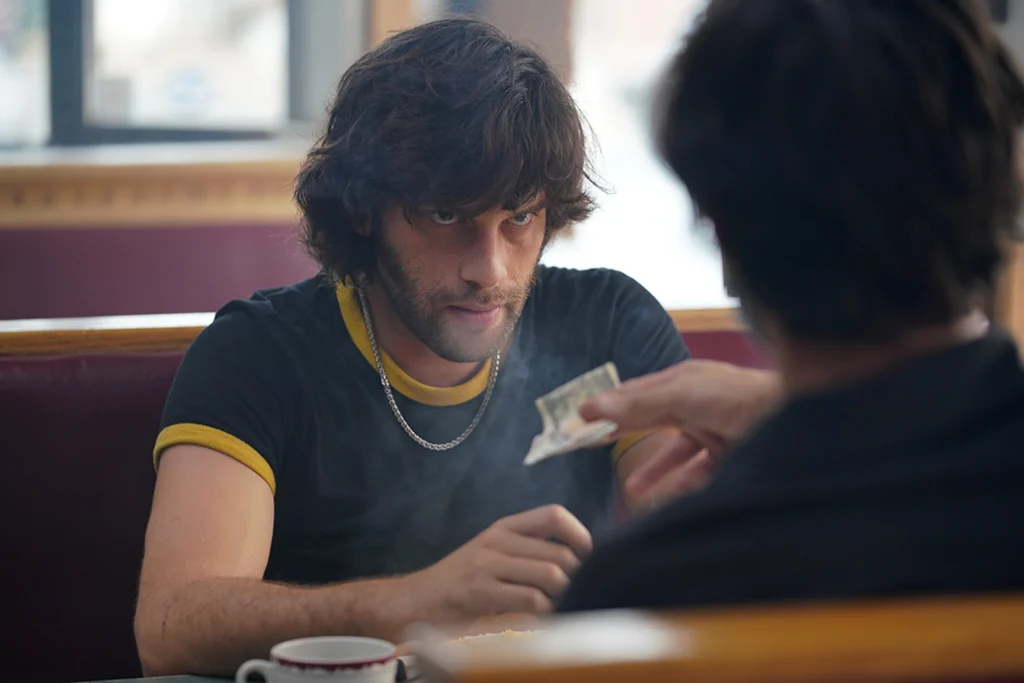
Raymond St-Jean: All the locations were like that. Even in the street, sometimes you find the right corner, it looks period, but you can’t pan to left or right, it’s too recent, it’s too modern. Again, with a good research of locations, you can recreate the time.
Raymond St-Jean: Again, attention to costumes, attention to hairs, to everything. Luckily we had, luckily, I have to say, we shot during Covid, and all the actors were waiting at home not working. So I told them, “Well, just let your hair grow. Let your facial hair grow. And we won’t have to use wigs and prosthetics, and stuff.” So, just this little thing helps a lot in giving a true feeling of the time, because you feel when it’s fake.
On how the cast joined Dusk for a Hitman
Ayla Ruby: I think this has to be my last question, but I wanted to ask about the cast that you just mentioned. You have some amazing actors. How did you cast them? How did they join the project?
Raymond St-Jean: Yeah, well, it’s various. We did some auditions. I think auditions most of the role actually. But we are lucky here in Quebec. We have a great, great pool of actors. We have great schools. And the TV series scene is very alive. It’s very much alive. So, we have many actors from all generations here. I’m working on a new feature, and we’re doing casting now. And it’s amazing how many great actresses an actor come to us. We’re lucky for that.
Raymond St-Jean: It’s a normal auditioning process. Some roles give to the actor because you always thought it was the right one for the role, but it’s the same thing in the US.
Ayla Ruby: That’s wonderful. Well, thank you very much. I really appreciate you taking the time to talk.
Raymond St-Jean: It’s a pleasure.
Dusk for a Hitman is now available on digital and on demand.
You can learn more about Raymond St-Jean at his website. And if you’re interested, you can check out the CBC interview with Donald Lavoie from 1982 mentioned by St-Jean as a source for Dusk for a Hitman.
Banner image adapted from Marie-Eve Alarie’s photo.
You might also like…
‘LOST ANGEL: The Genius of Judee Sill’ Interview with Filmmakers Andy Brown & Brian Lindstrom

